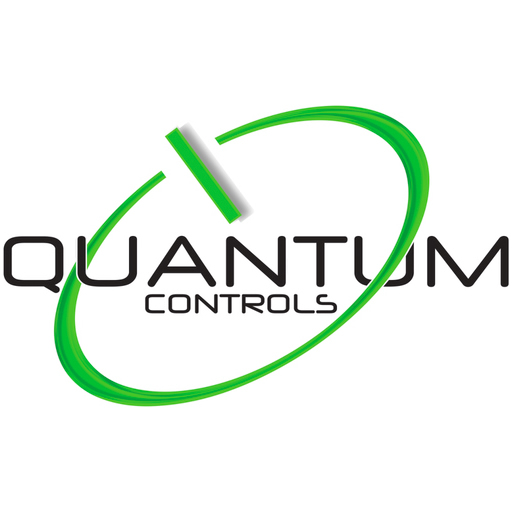What is the return-on-investment on installing a VSD?
Is the return-on-investment fact, not fiction?
When working out a payback period for a new application with energy savings don’t be fooled by salespeople who offer you the drive’s price as your overall cost with an estimated saving based on an assumed reduction of 20%.
The savings must be calculated or ideally measured. This is to ensure the drive is commissioned correctly and you are getting the maximum potential savings.
The overall cost needs to consider the cost of the downtime. This includes installation and its costs, drive hardware, and any ancillary equipment such as power cables and control cables, glands and lugs, etc. Then you also have the ongoing cost, which would be for the drive to be serviced and maintained, covered under contract for breakdown support. These costs must be considered
when considering a correct accurate payback period.
For an equipment user, unfortunately, this information is not always provided and so over the last 15 years, serious energy fatigue has been evident in the UK engineering sector due to mis-selling, and so many of the potential energy-saving applications have been overlooked, especially on the MV equipment, which when you consider the current cost of electricity and gas has had a massive impact on the UK’s costs of manufacturing.
The correct utilisation of VSD represents one of the easiest and quickest returns on investments a company can make when looking at energy saving, it also has many operational advantages that can be equally as attractive.
However, it is imperative that when looking for potential savings it is correctly measured and engineered not just a sales tool to sell more hardware.
